Today, as Ukraine employs a wide variety of aerial and naval drones, a new type of drone is rapidly gaining in number and popularity on the front line. Without risking human lives, various types of ground drones deliver supplies, evacuate fallen and wounded soldiers, or even function as weapon platforms supporting raids and assaults.
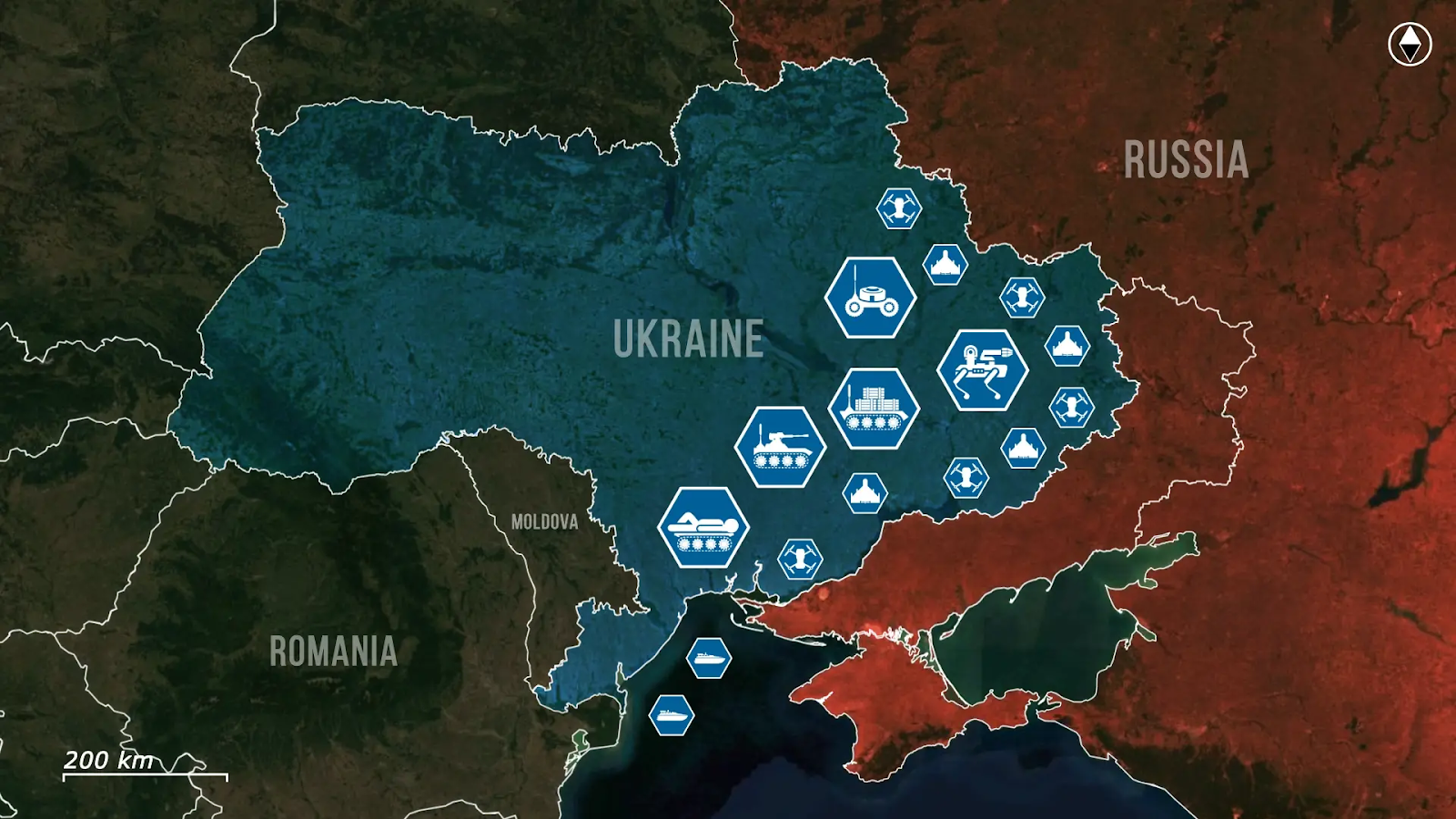
While Ukrainian FPV kamikaze, bomber, and reconnaissance drones number in the millions, ground drones, or unmanned ground vehicles, are being used in various combat missions and support roles.
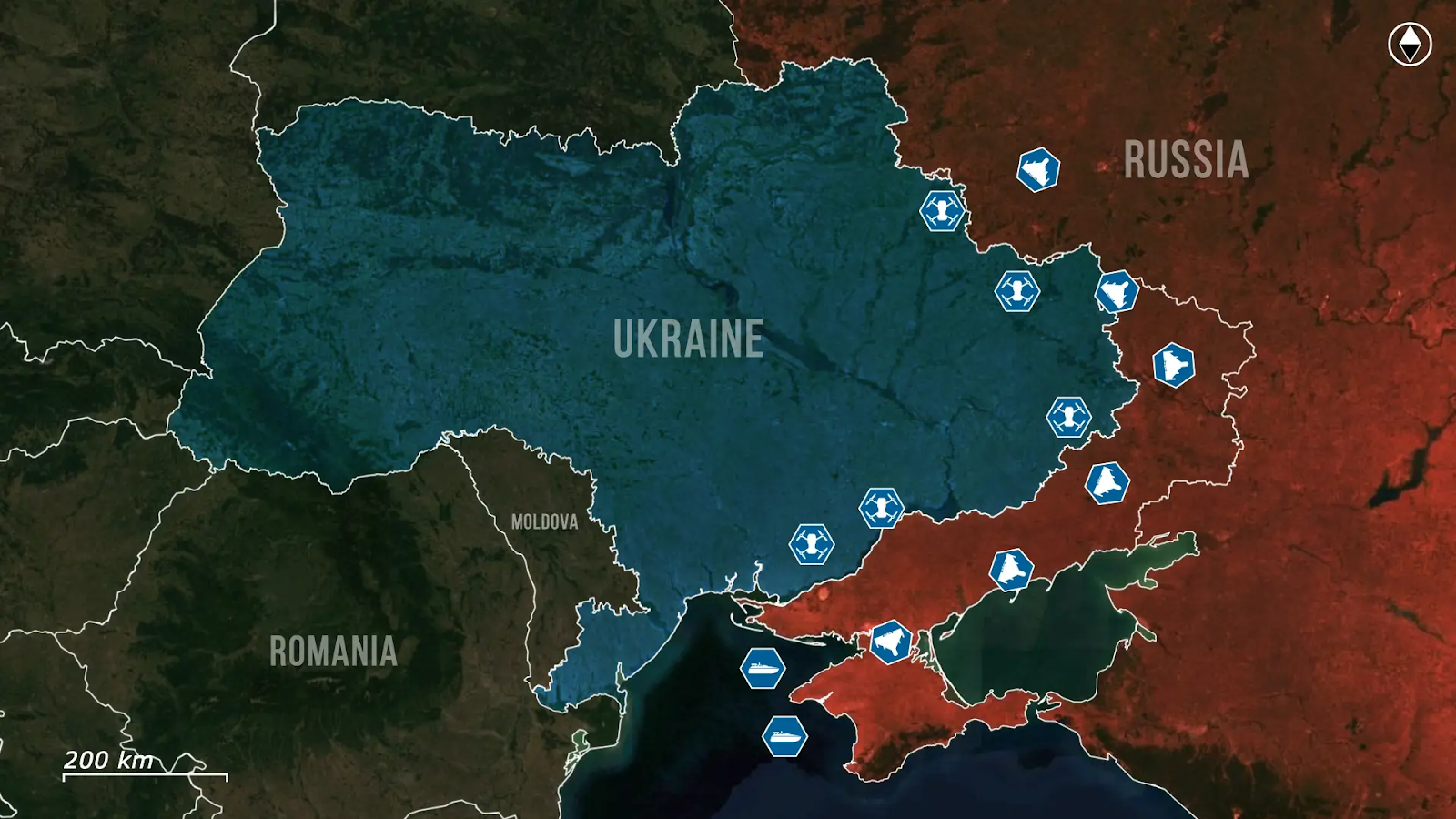
Ukraine employs a wide variety of these drones, with the two main variants being wheeled and track-based mobile platforms, and leg-based robot dogs. The drones have their own cameras, which the operator uses to control and steer the drone to accomplish its mission. In support, one or more reconnaissance drones often fly above to help guide them and monitor the situation for anything outside the operator’s POV, as well as spot any targets if the drone is sporting certain combat modules.
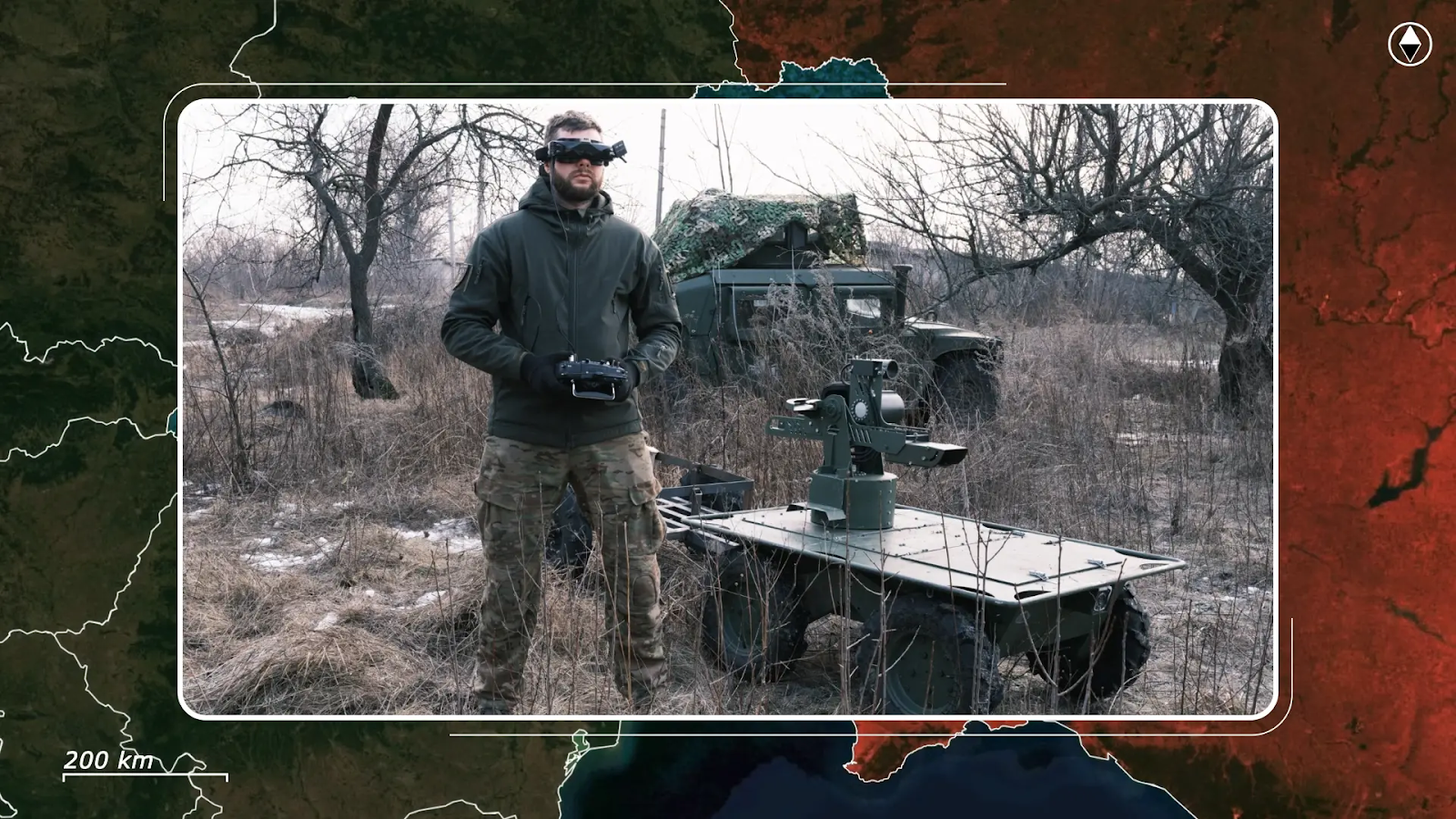
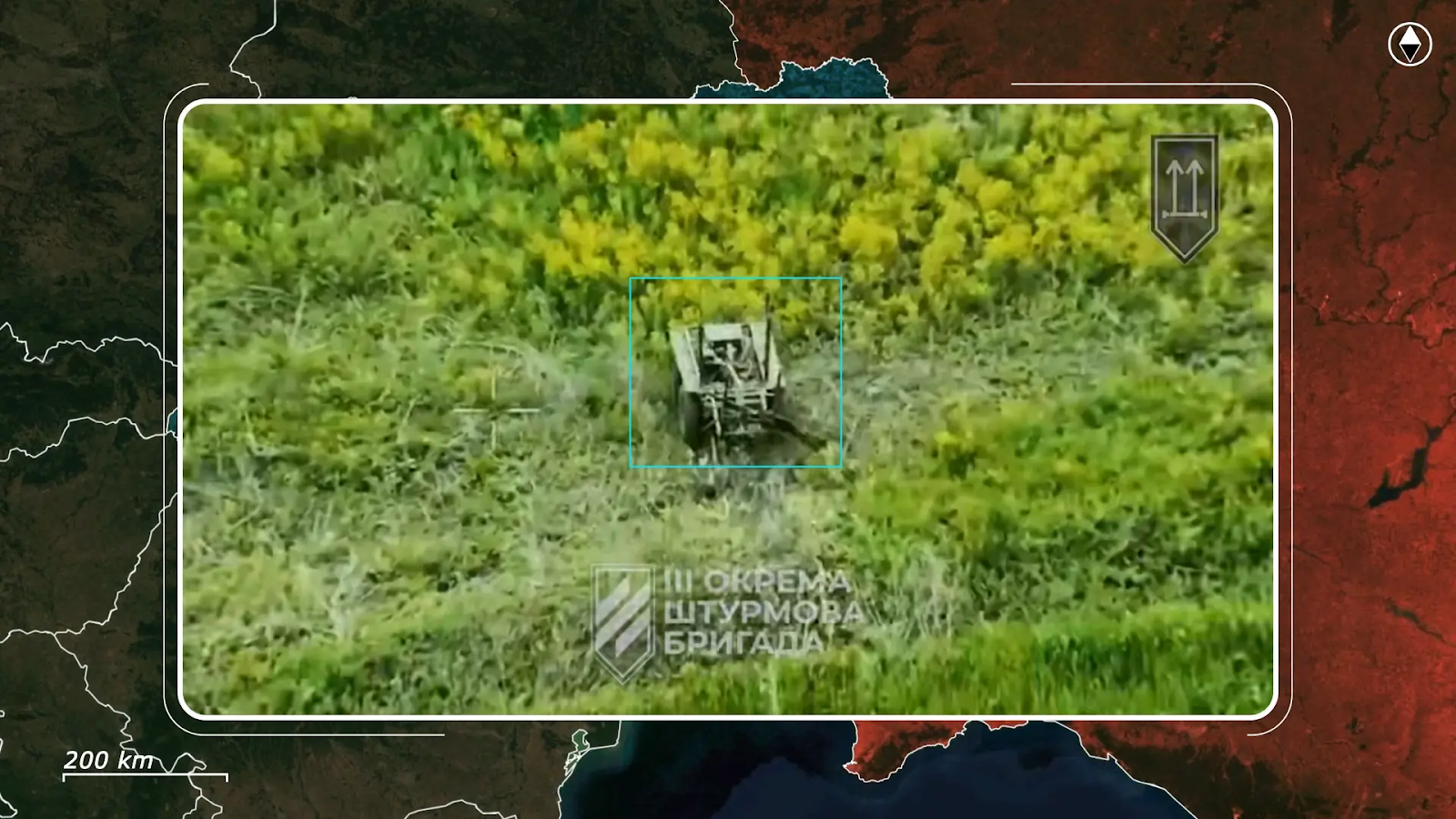
A significant use for the ground drones is in the final stage of logistics, where the wheel- and track-based variants transport food, ammunition, water, and other supplies to Ukrainian soldiers directly on the front line. Typically, this is accomplished during a standard rotation using armored and unarmored vehicles, with soldiers carrying all their necessary equipment and supplies with them.
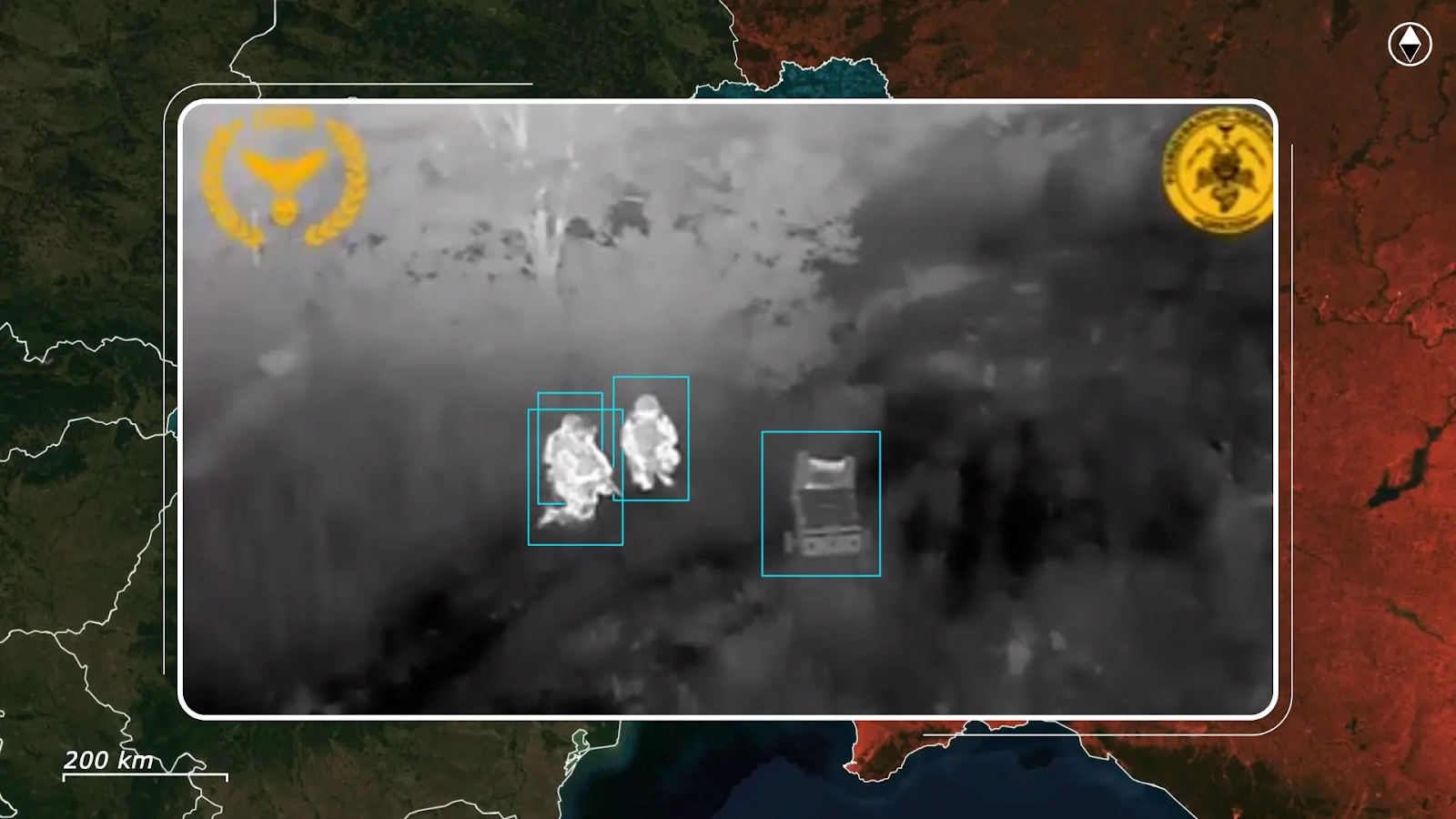
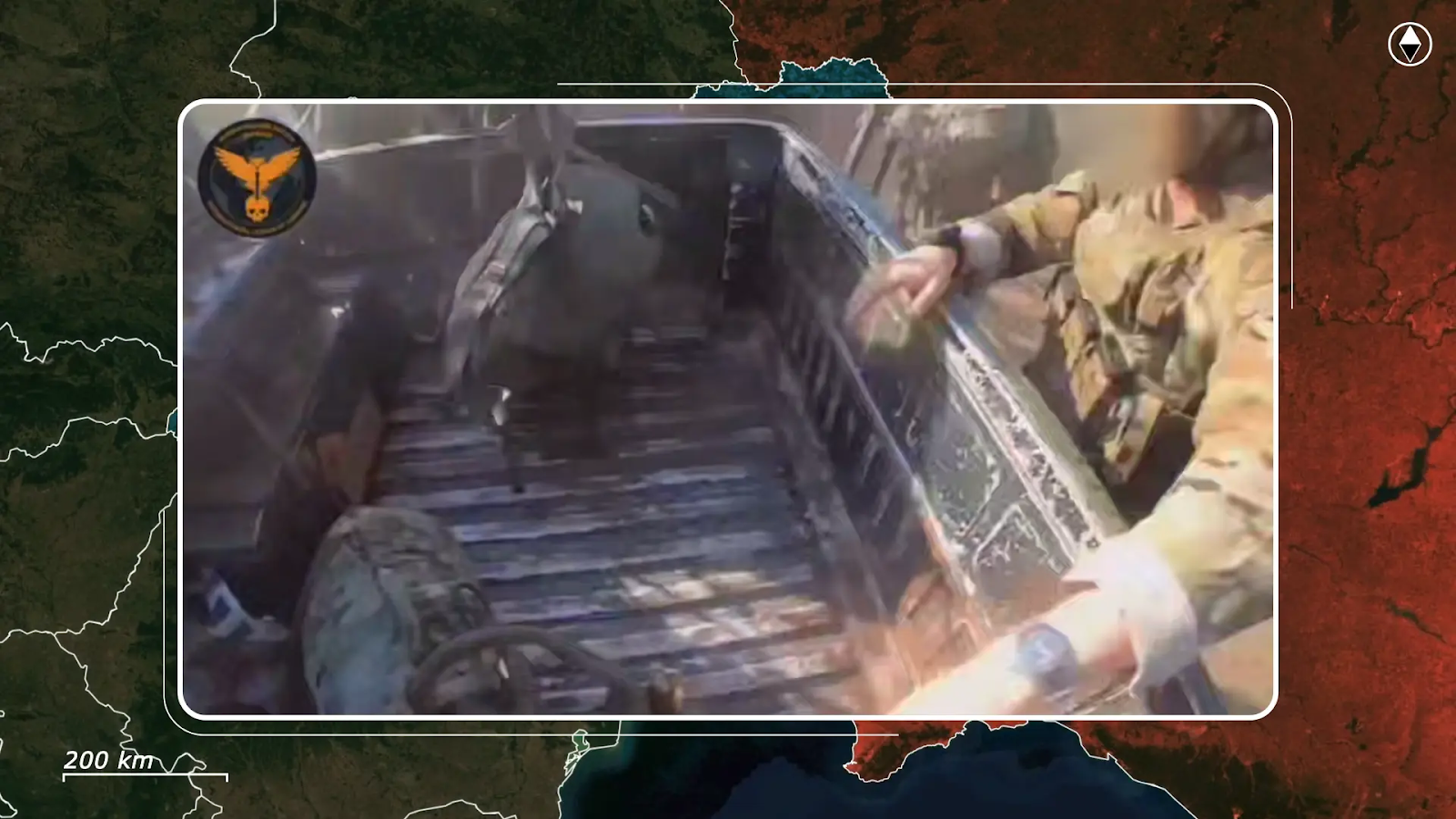
However, these rotations are becoming increasingly risky due to Russian night vision and thermal cameras mounted on reconnaissance drones, and fiber optic drones laying in wait on Ukrainian logistics routes.
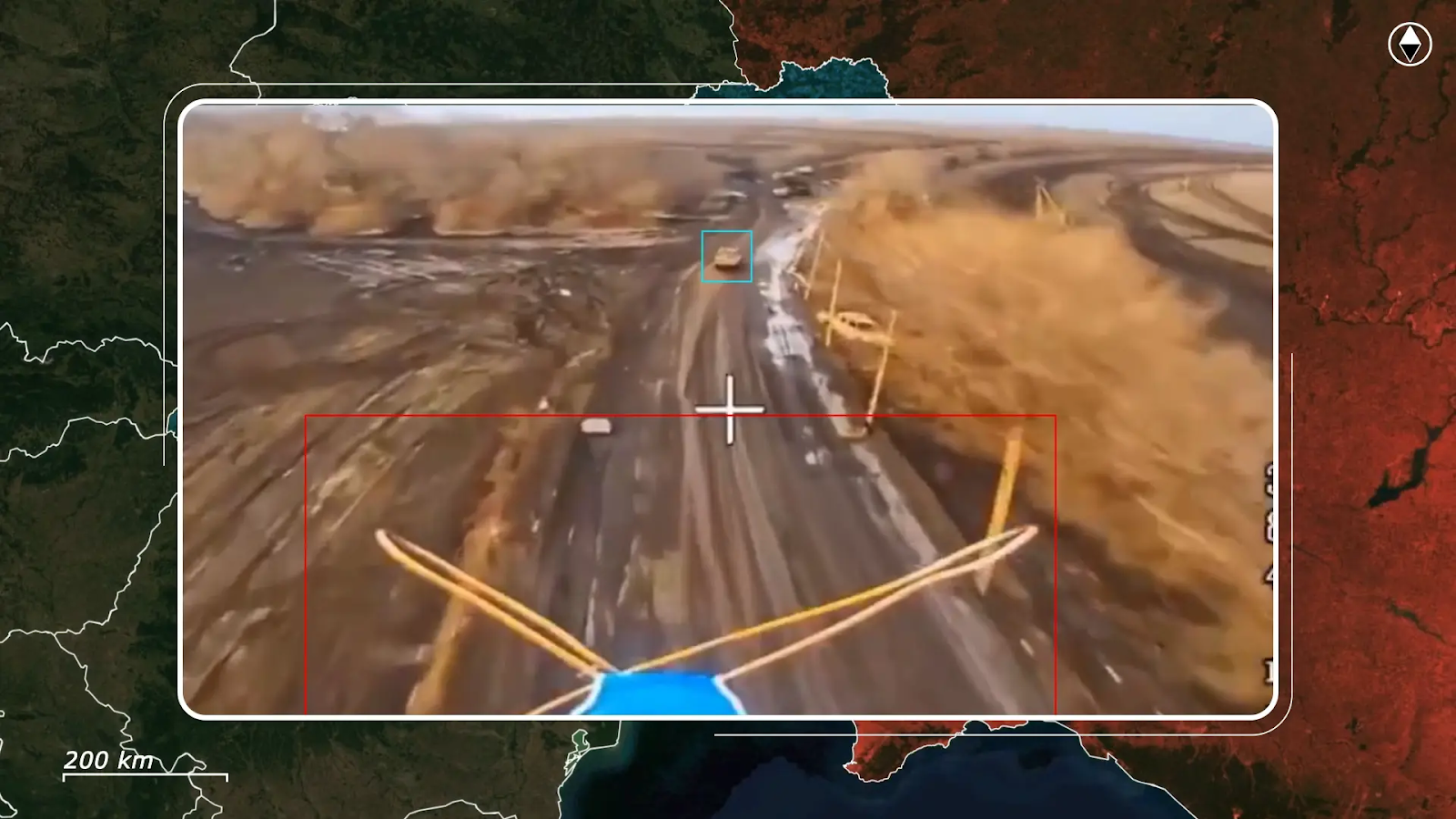
Additionally, sometimes it is not even possible to rotate a group of soldiers at a frontline position; this can be due to a shortage of personnel causing delays, the previous rotation having been intercepted, or intensified Russian attacks burning through much more supplies than planned.
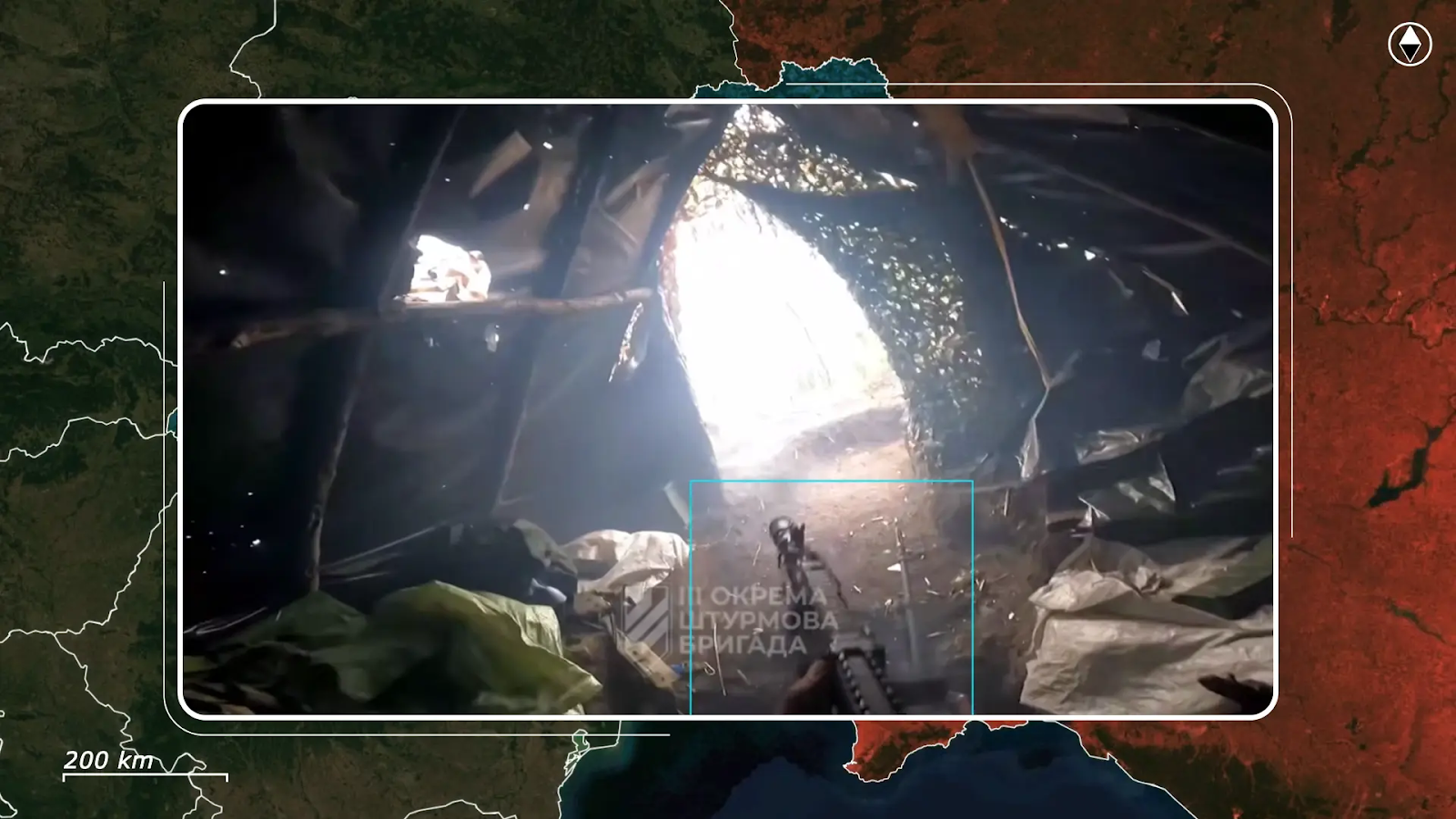
In those cases, ground drones are the ideal solution, being smaller and therefore harder to detect, giving off less of a heat signature, and being able to generally carry 300 to 500 kilo’s worth of supplies to frontline units that are running short, with one model able to tow even 3 tons on asphalt.
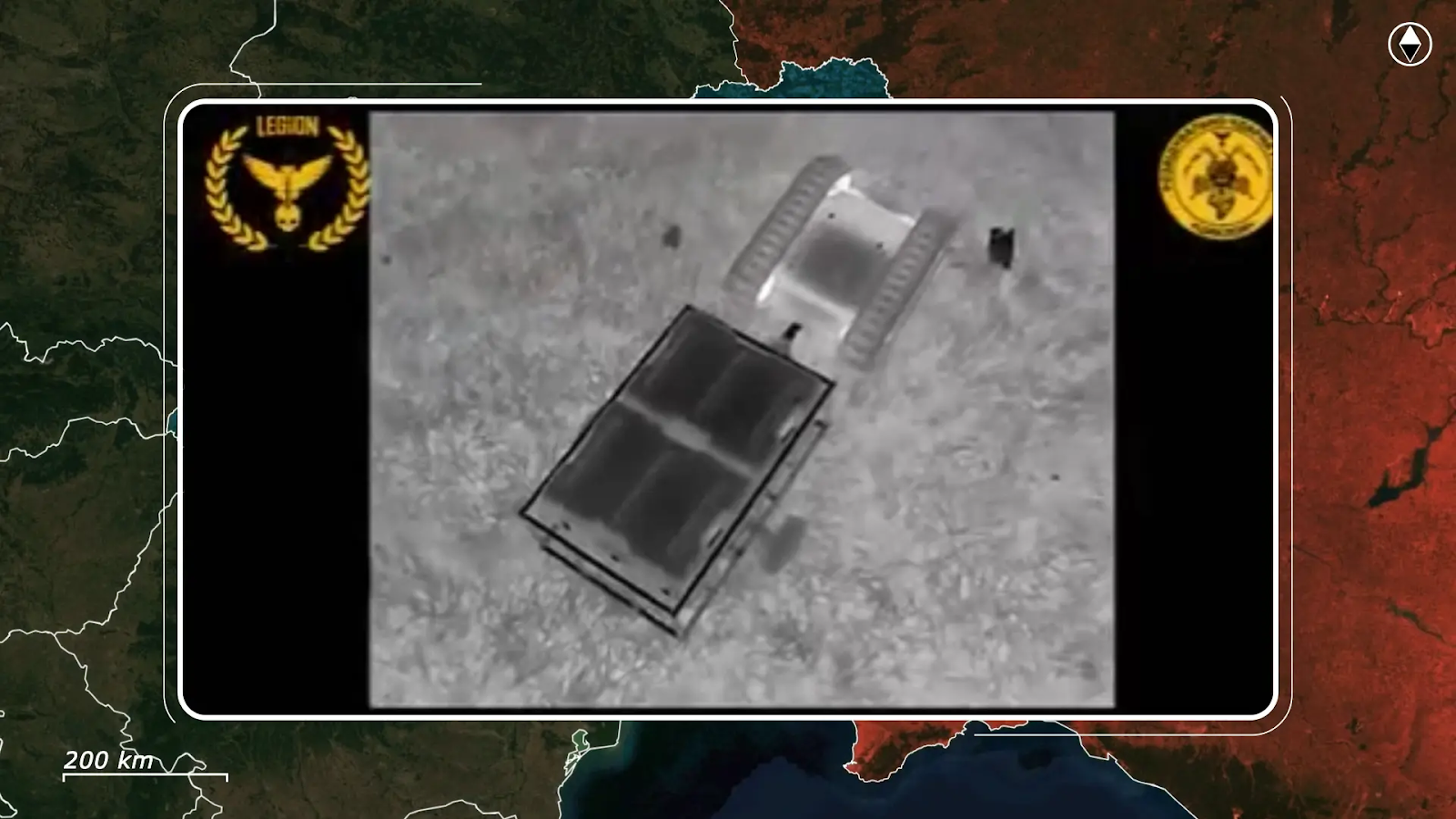
While ground drones can carry supplies to the frontline, they also help evacuate wounded, sick, or fallen soldiers when regular evacuation is simply not possible. Here, the soldier is loaded onto the cart behind the drone and swiftly evacuated. Generally, tracked drones can reach speeds of 25 kilometers per hour on roads and 15 kilometers off-road, with wheeled variants able to reach up to 65 kilometers per hour on asphalt. These speeds allow for the evacuated soldier to be transported as quickly as possible, both to save their life and reduce exposure to Russian drones, often on the lookout for Ukrainian rotations, supply runs, and evacuations.
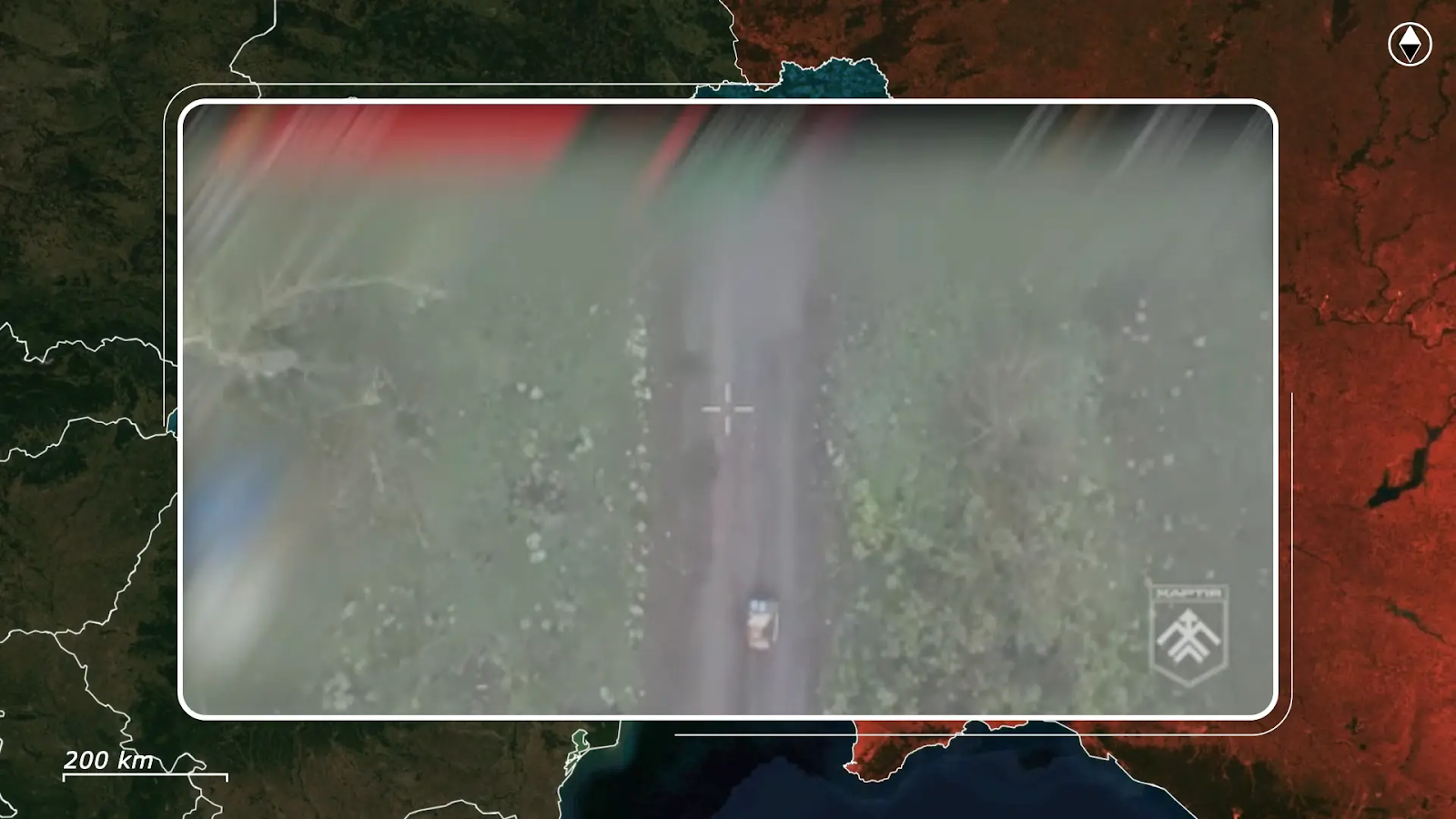
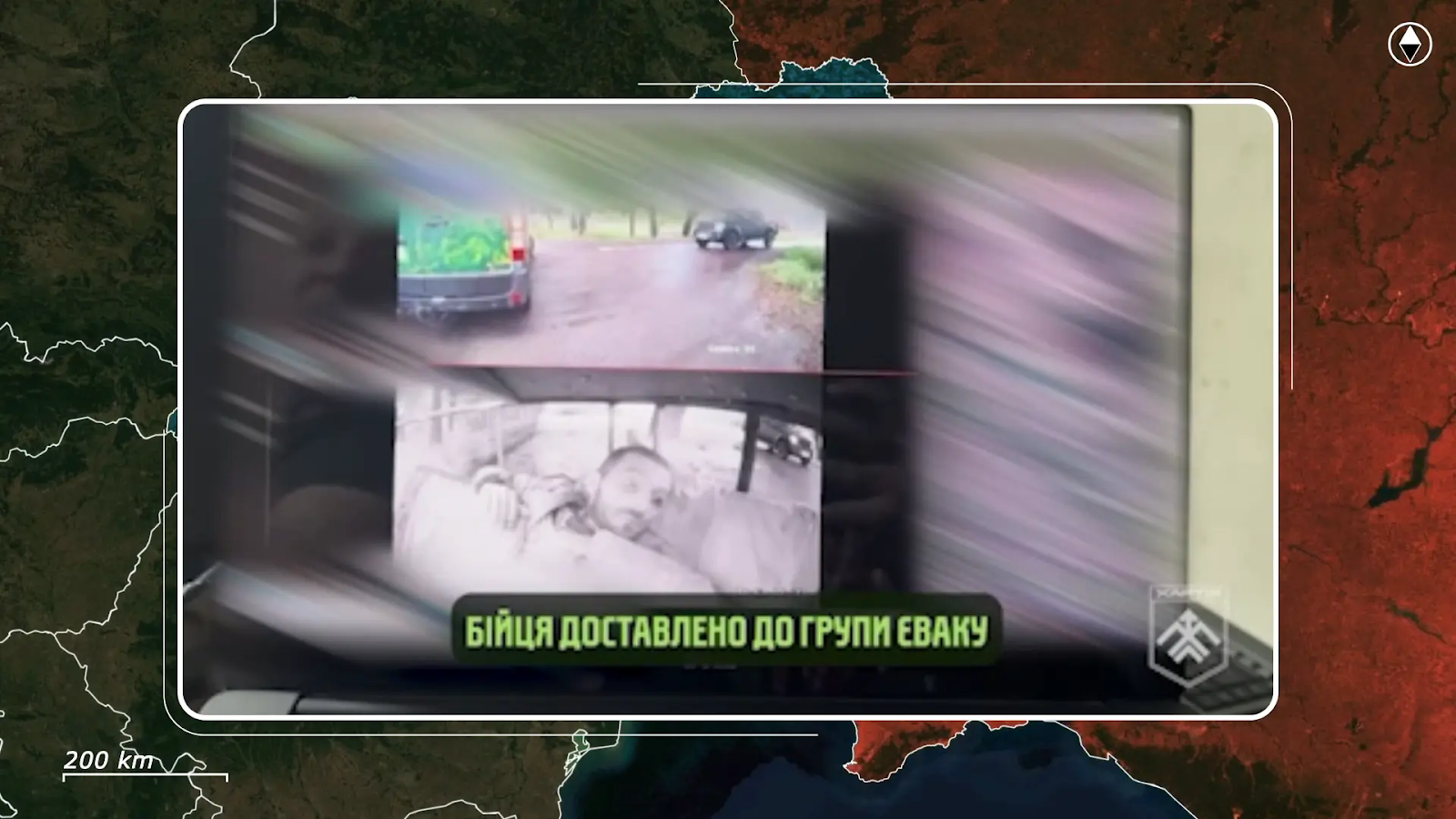
Naturally, Ukrainians have also found creative ways to employ their ground drones in active combat roles. Drones mounted with machine guns on turrets provide effective fire support and distraction during a Ukrainian ground assault.
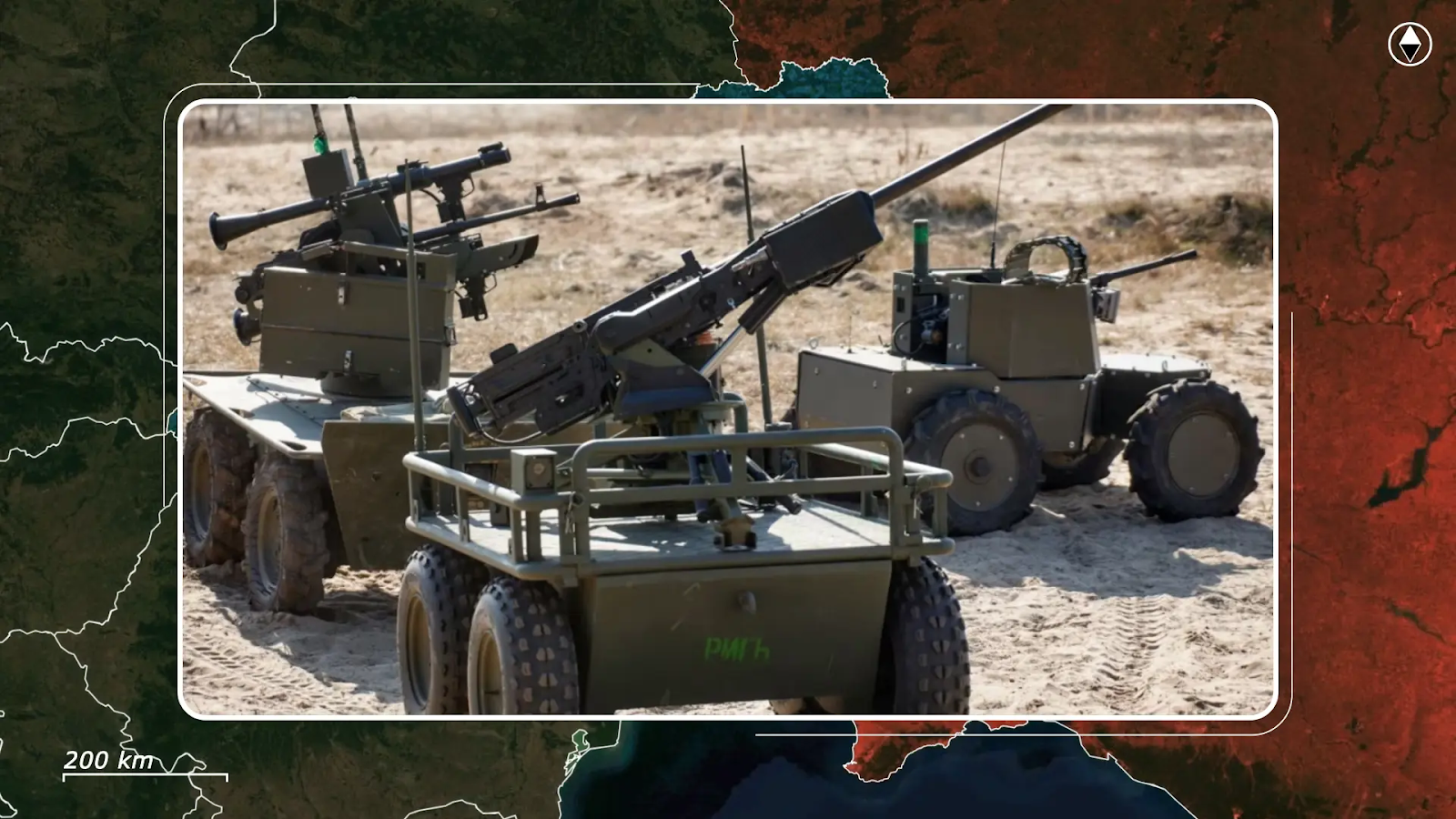
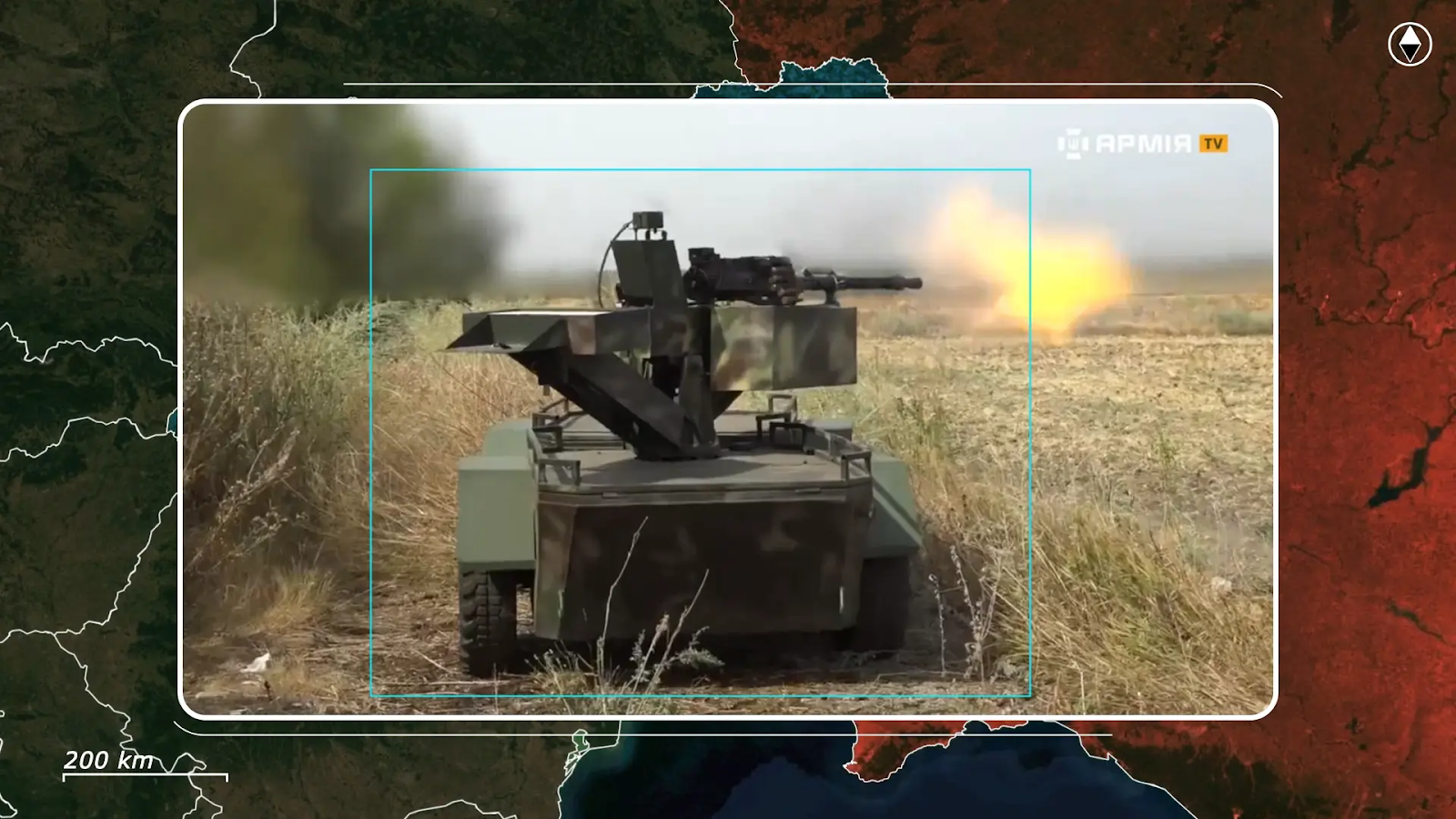
Cheaper variants, akin to small RC cars, are used as kamikaze vehicles to target positions difficult to reach by flying FPV’s, often underground Russian bunkers and shelters.
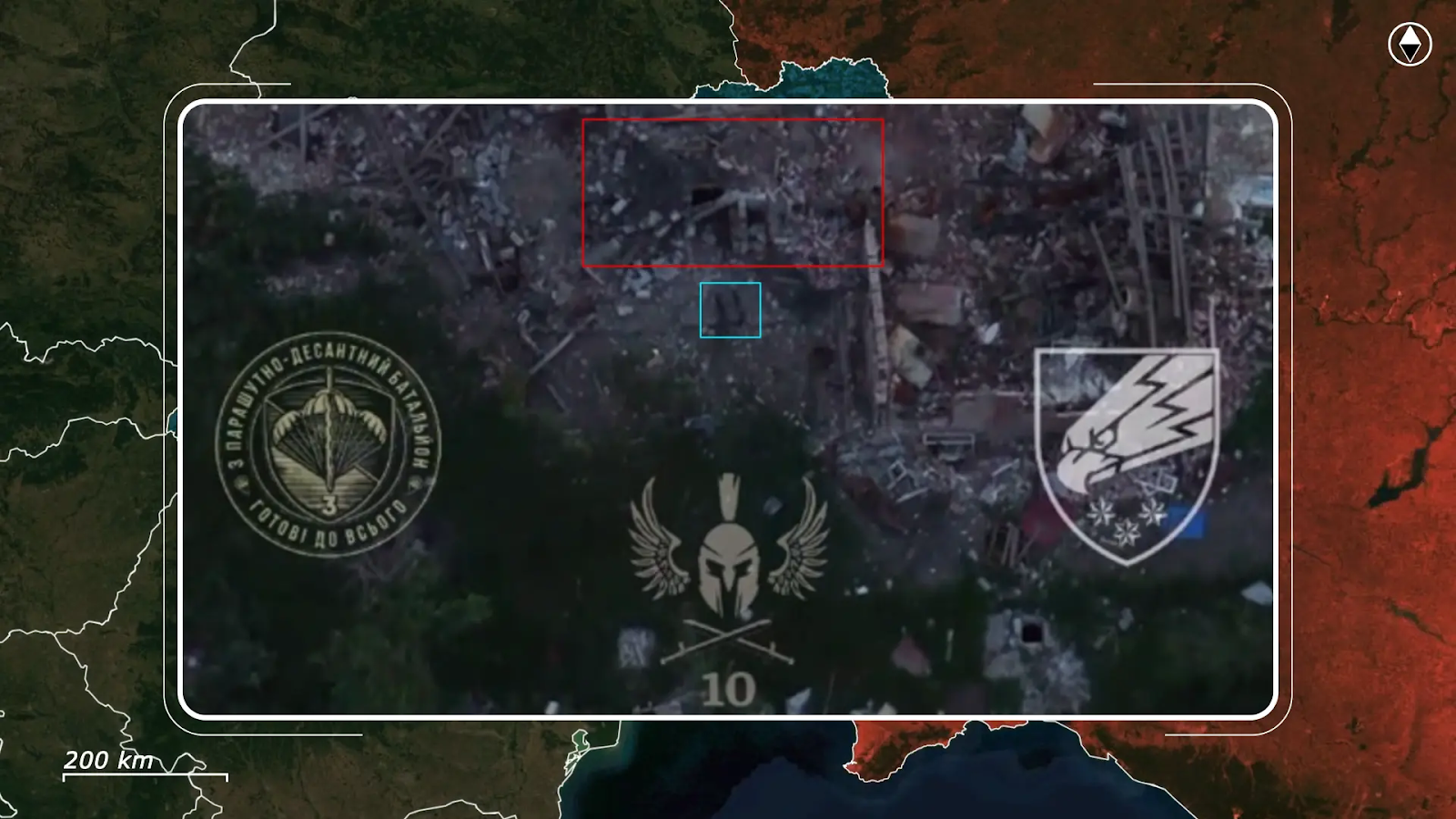
Larger ground drones have armor that can resist Russian small arms fire, and are mounted with electronic warfare to protect against Russian drones. However, with the increasing Russian use of fiber-optic drones, the Ukrainian UGV’s are even proving capable of withstanding several hits from Russian drones and artillery shrapnel.
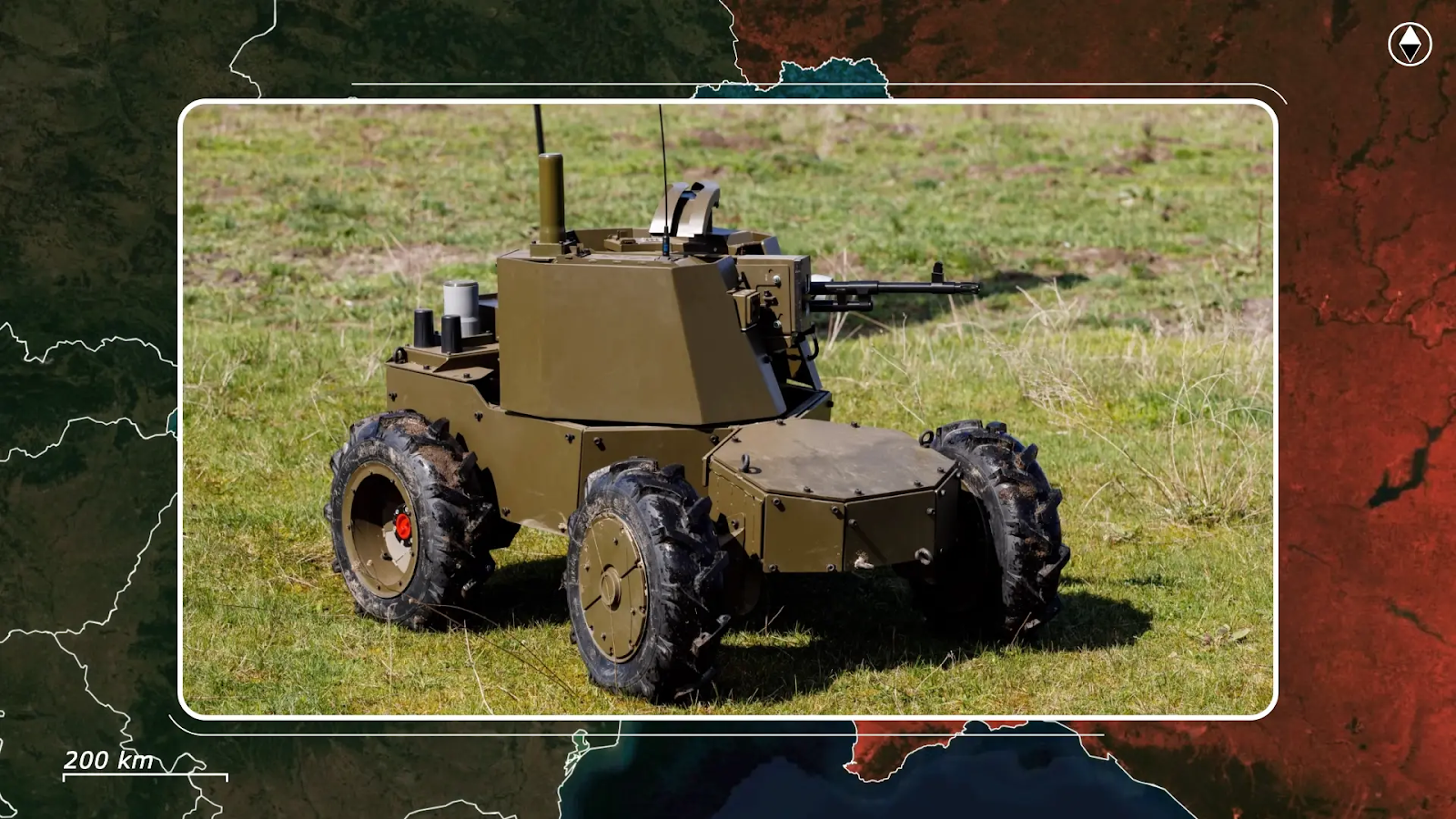
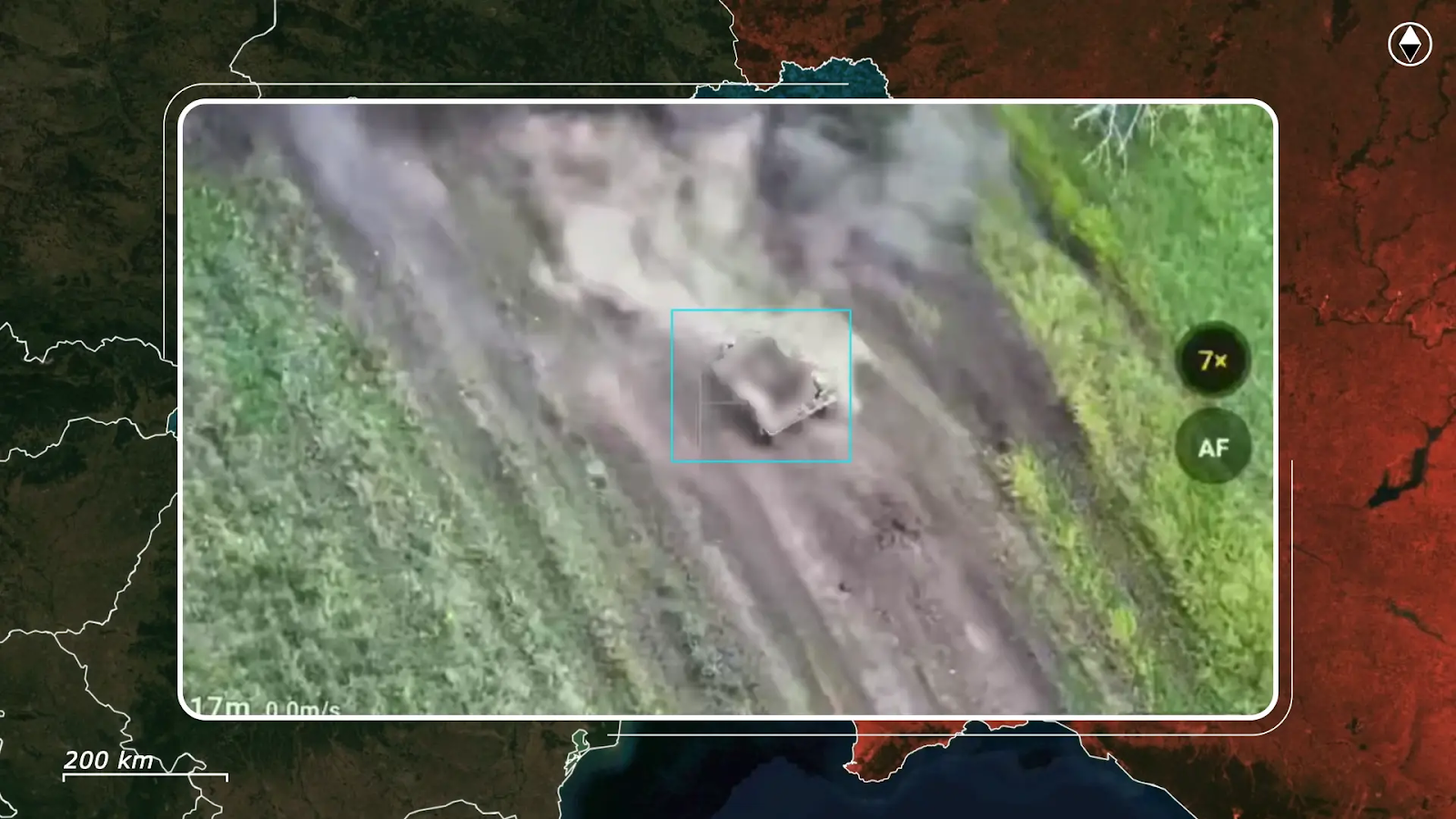
Ukrainian special forces also use so-called robot dogs to scout out enemy positions before engaging, or to enter and check basements for hiding Russian soldiers. Robot dogs are even mounted with machine guns or flamethrowers to burn away foliage, removing natural concealment from Russian positions in preparation for an assault, in addition to the psychological impact of having a robot dog spit fire towards your position.
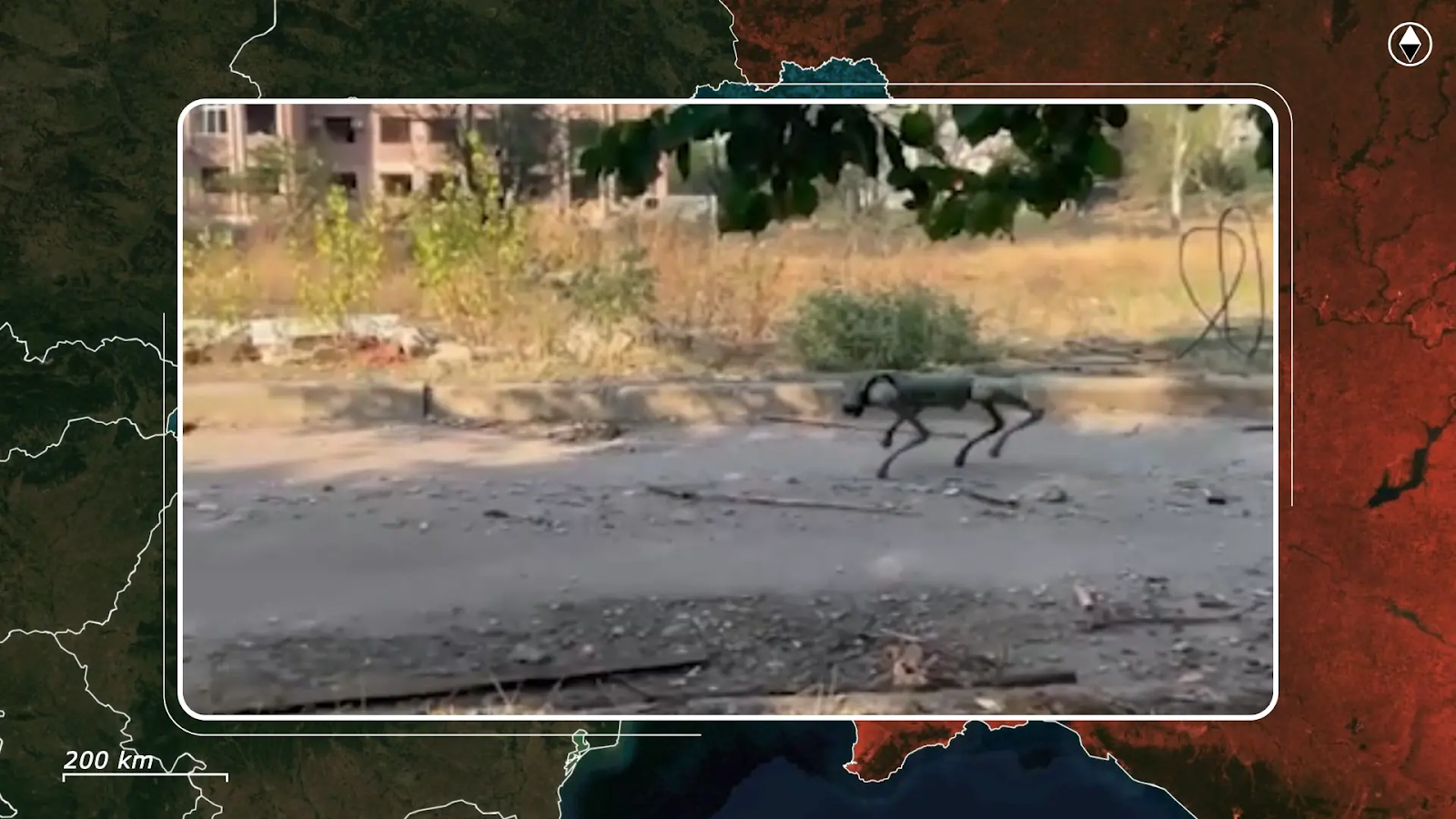
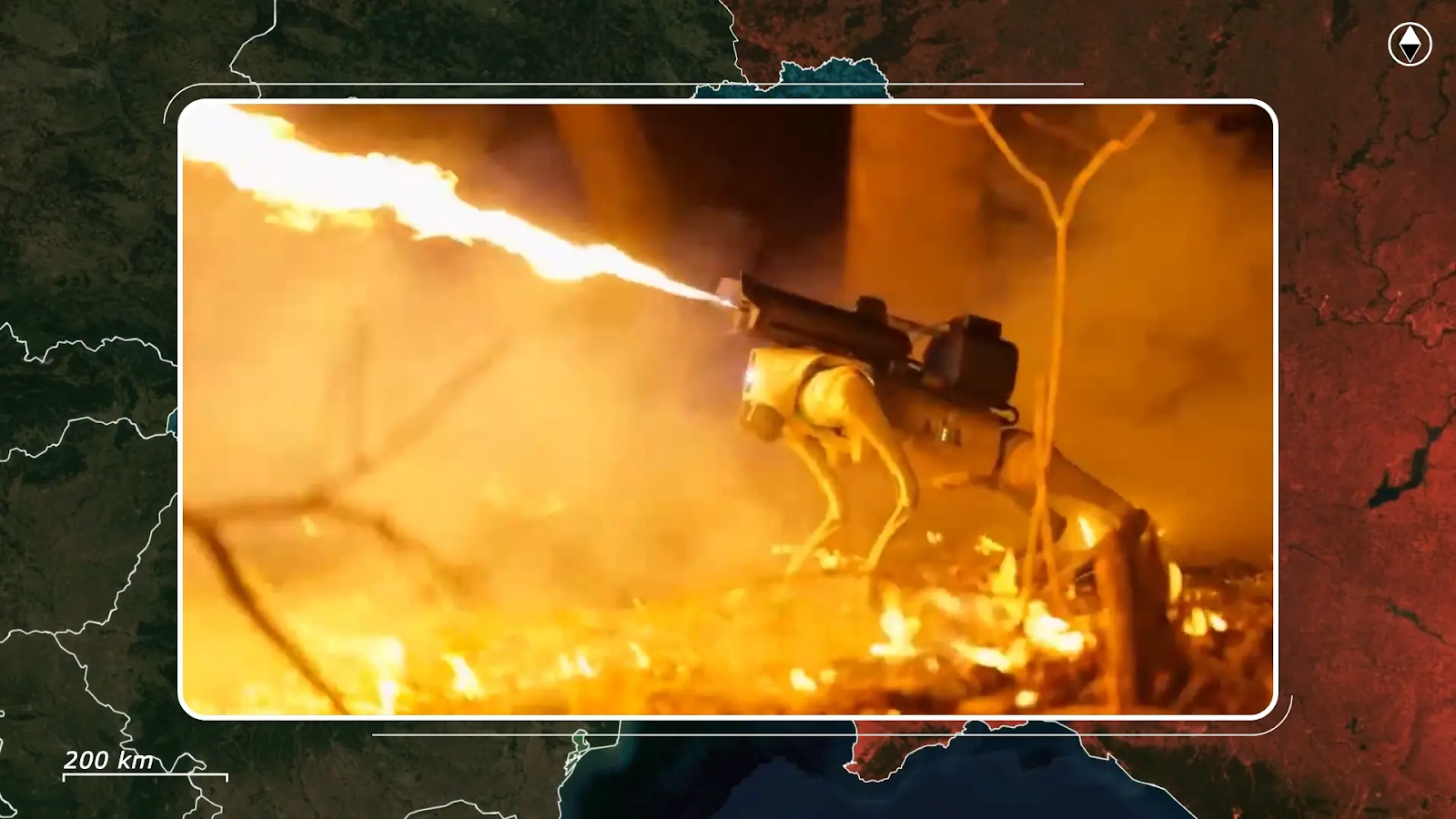
Overall, Ukrainian ground drones are saving lives, sustaining combat operations, and aiding in assaults. With various models fulfilling a wide range of tasks, Ukrainians ensure flexibility and effectiveness for every situation. Costing just 1,000 dollars for the smaller kamikaze variants, logistical variants costing 12,000 and heavy variants 30,000 to 100,000 dollars, these drones are a cost-effective way to save manpower and increase operational effectiveness.
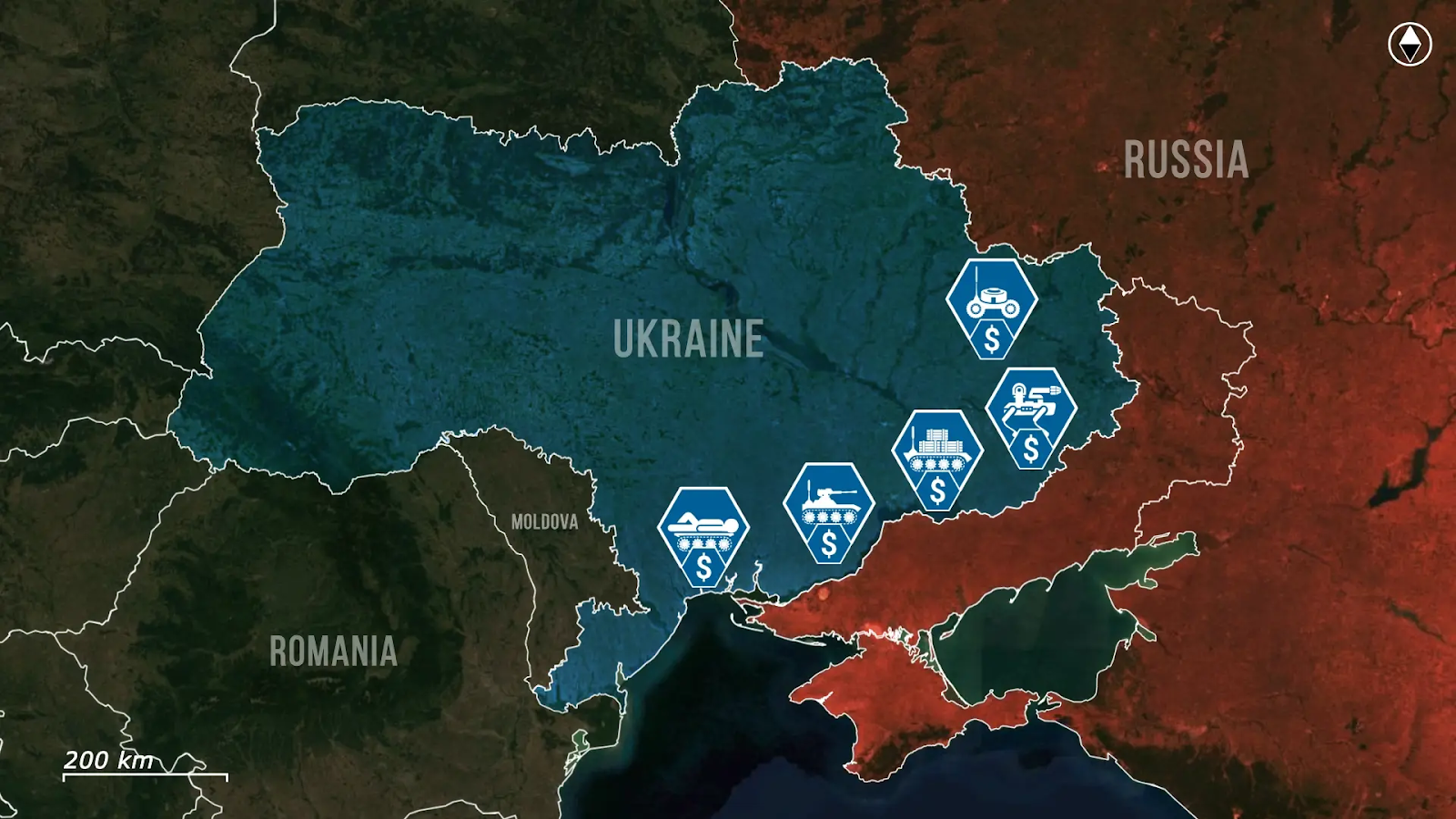
With manpower being a general issue in the Ukrainian armed forces, ground drones and drones in general have become a standard supplement to compensate, proving more effective by the day.
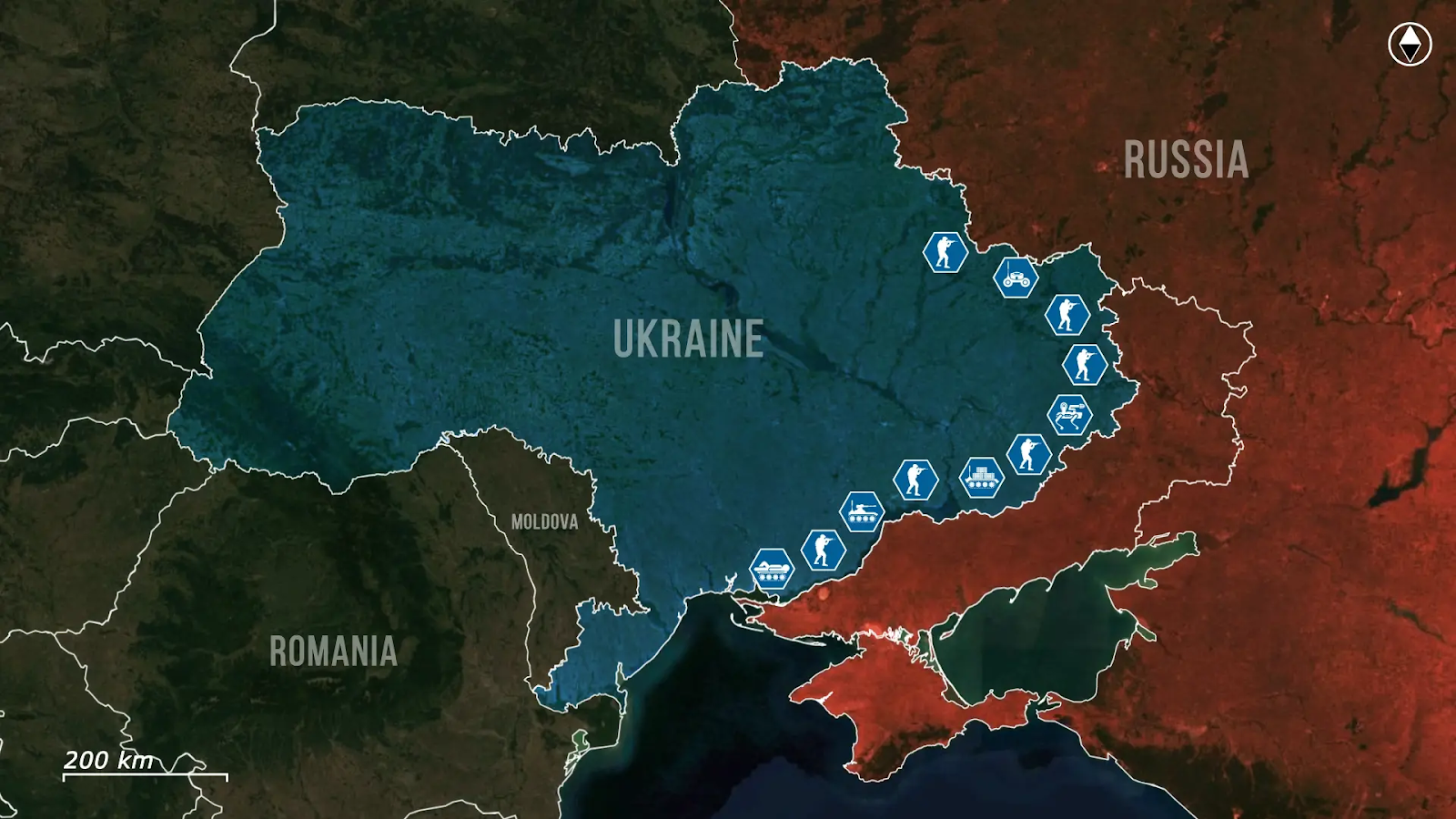








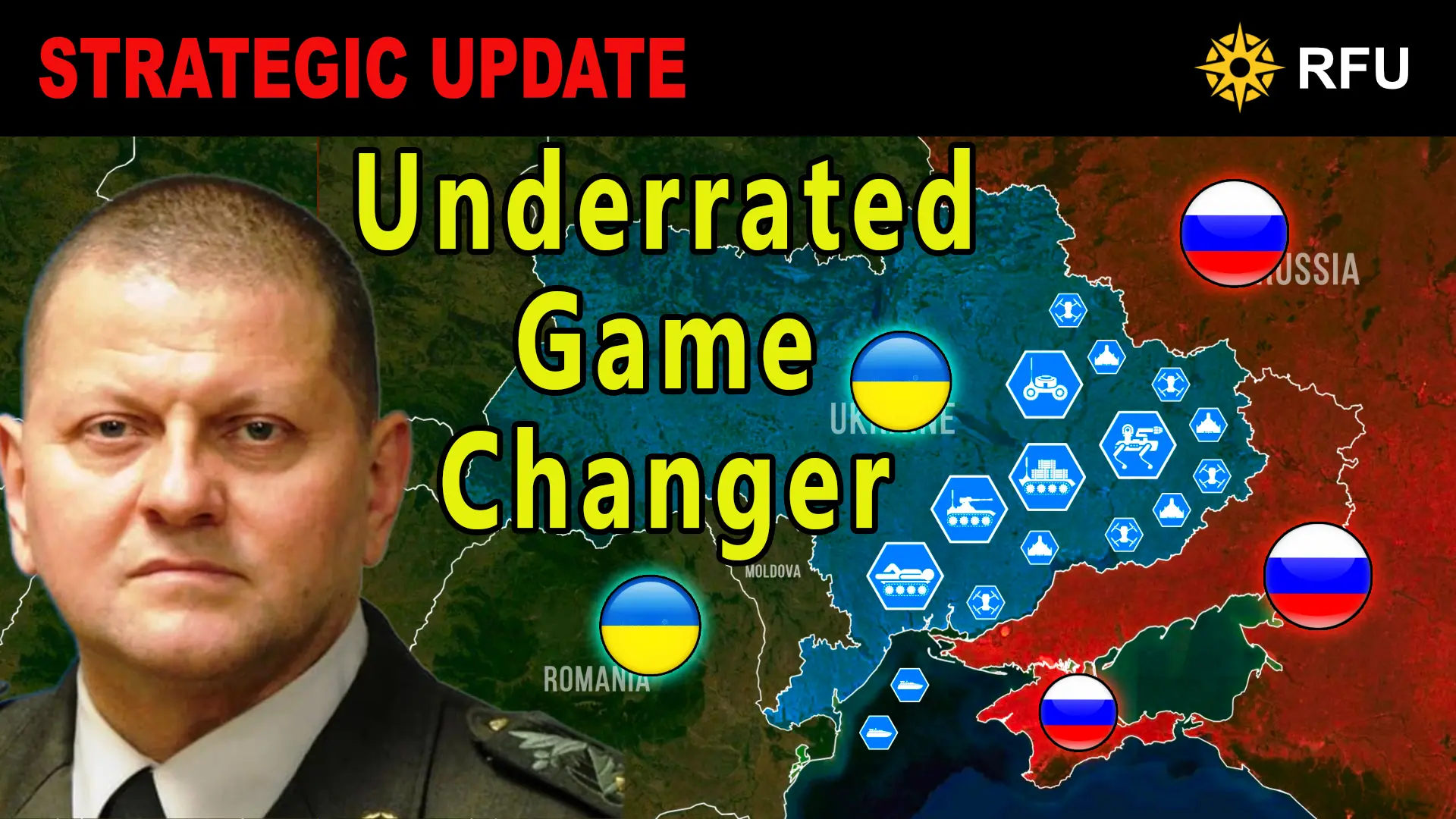
.jpg)
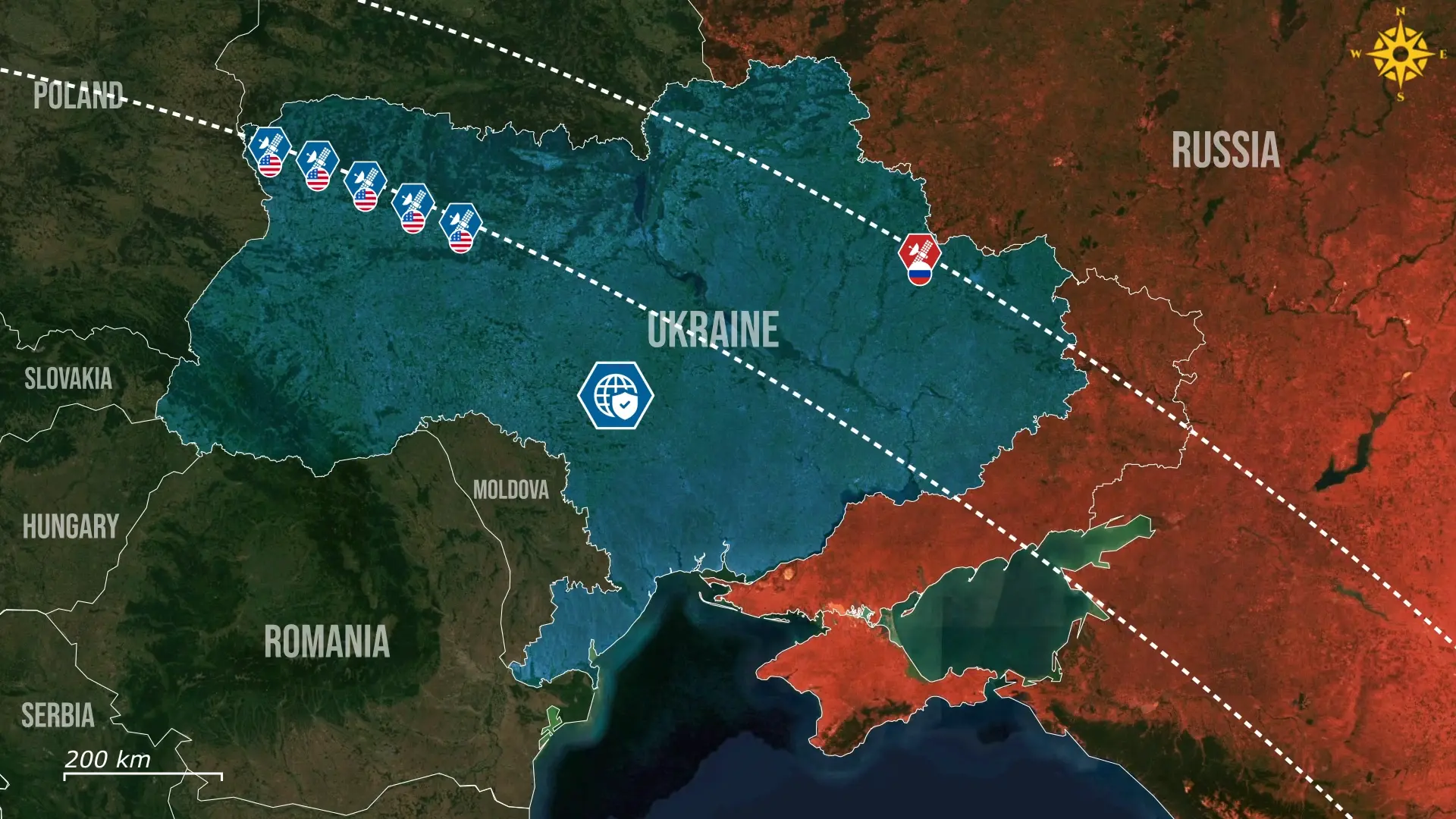
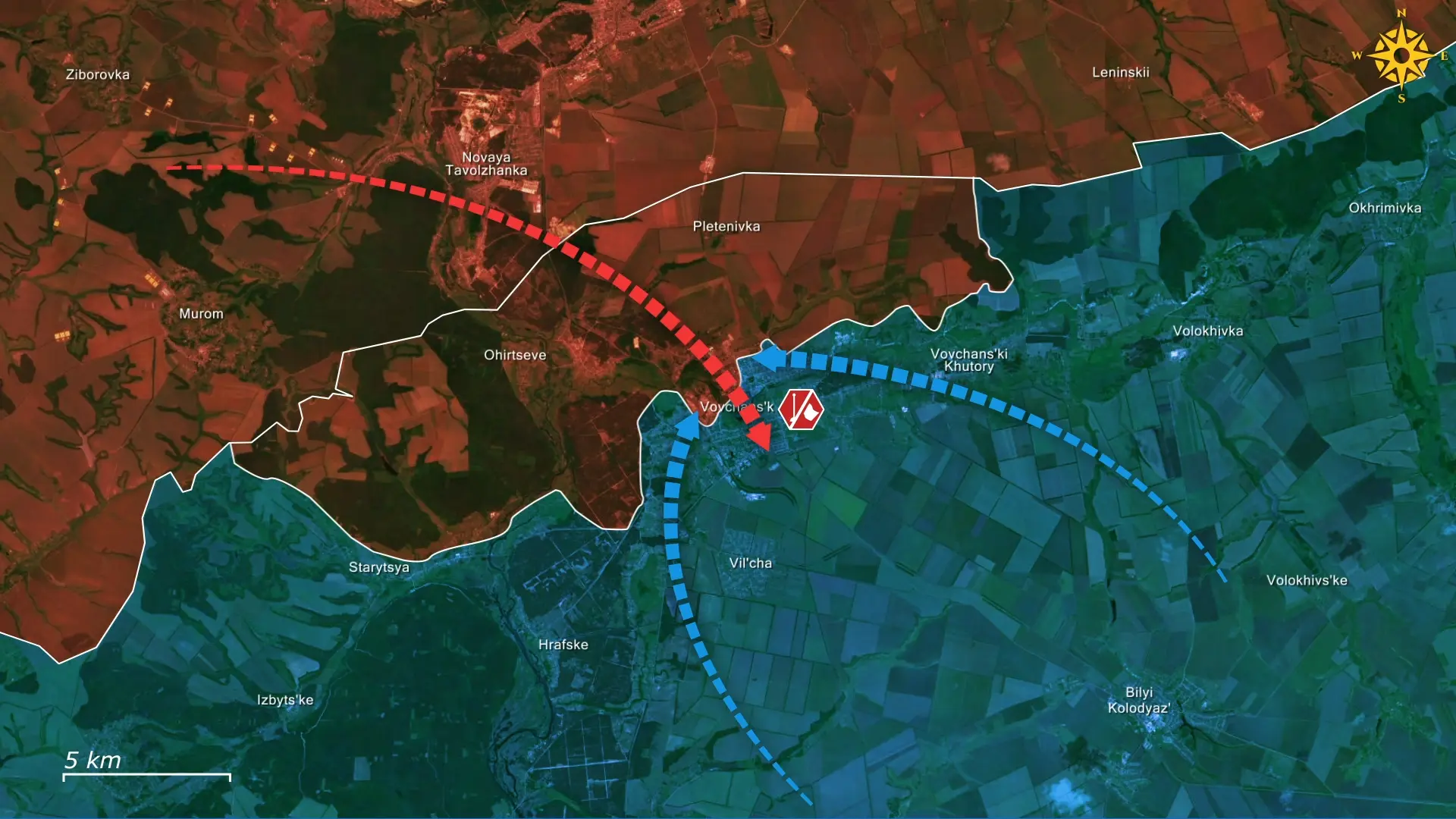
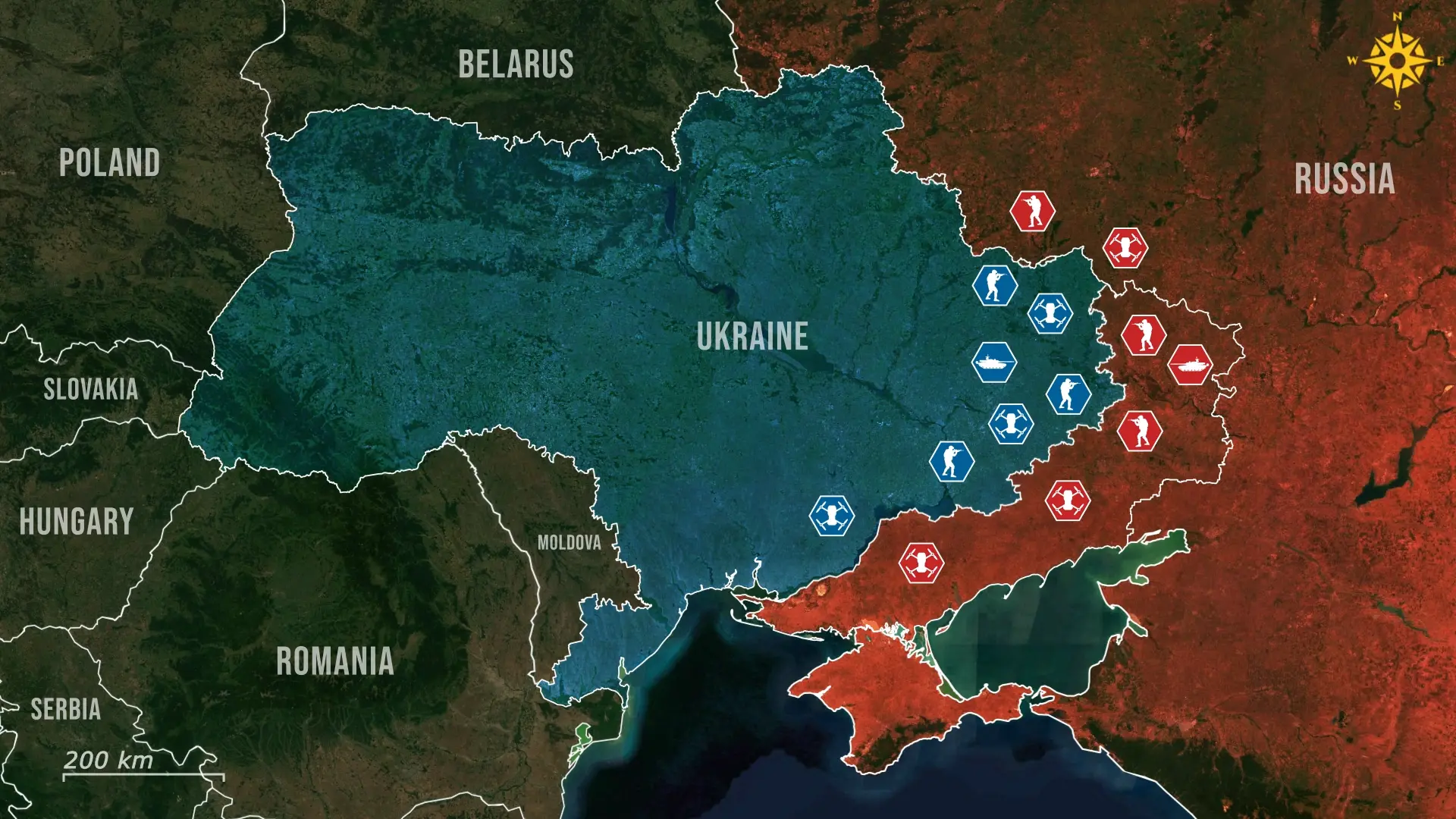
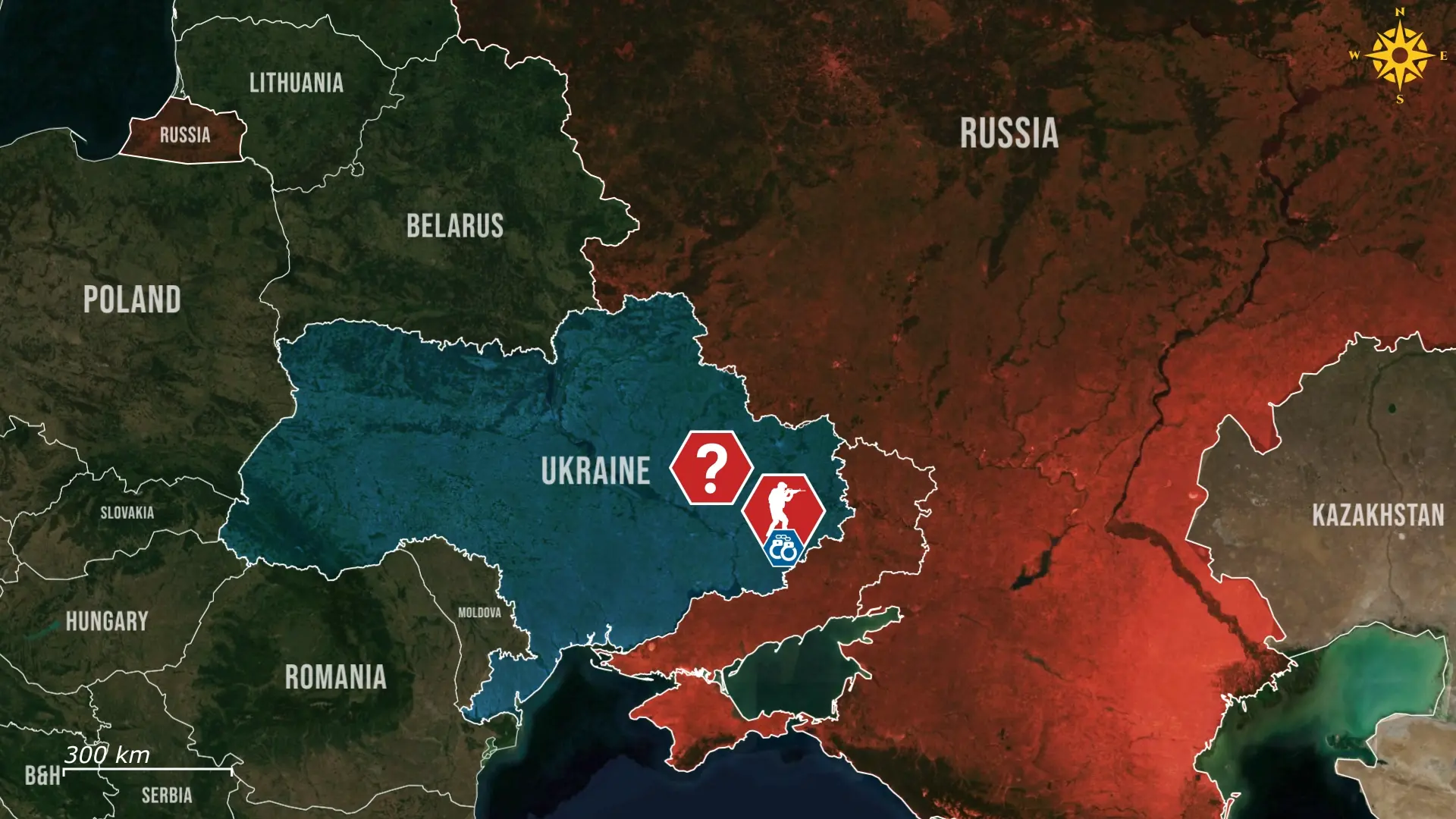
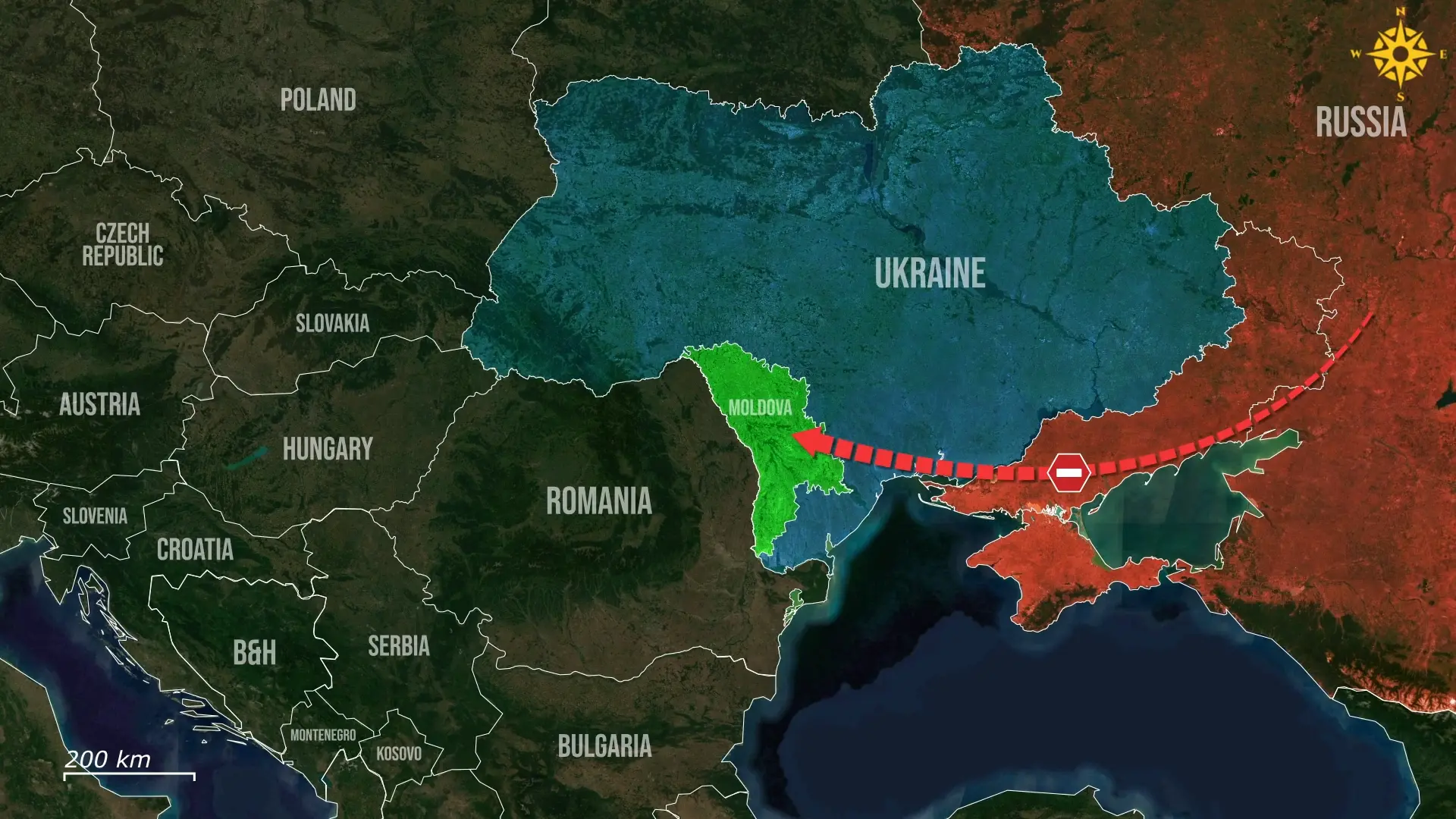

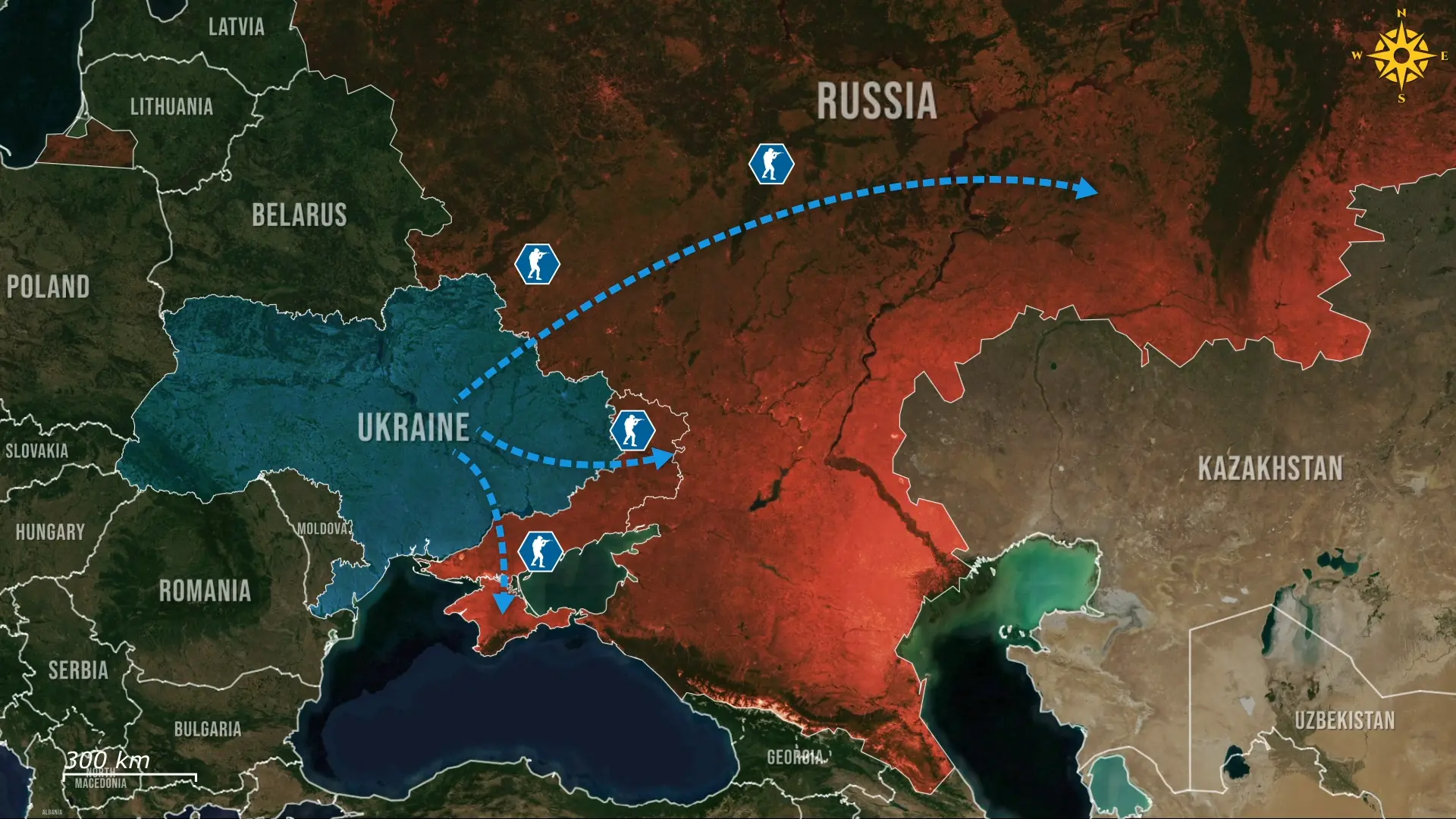
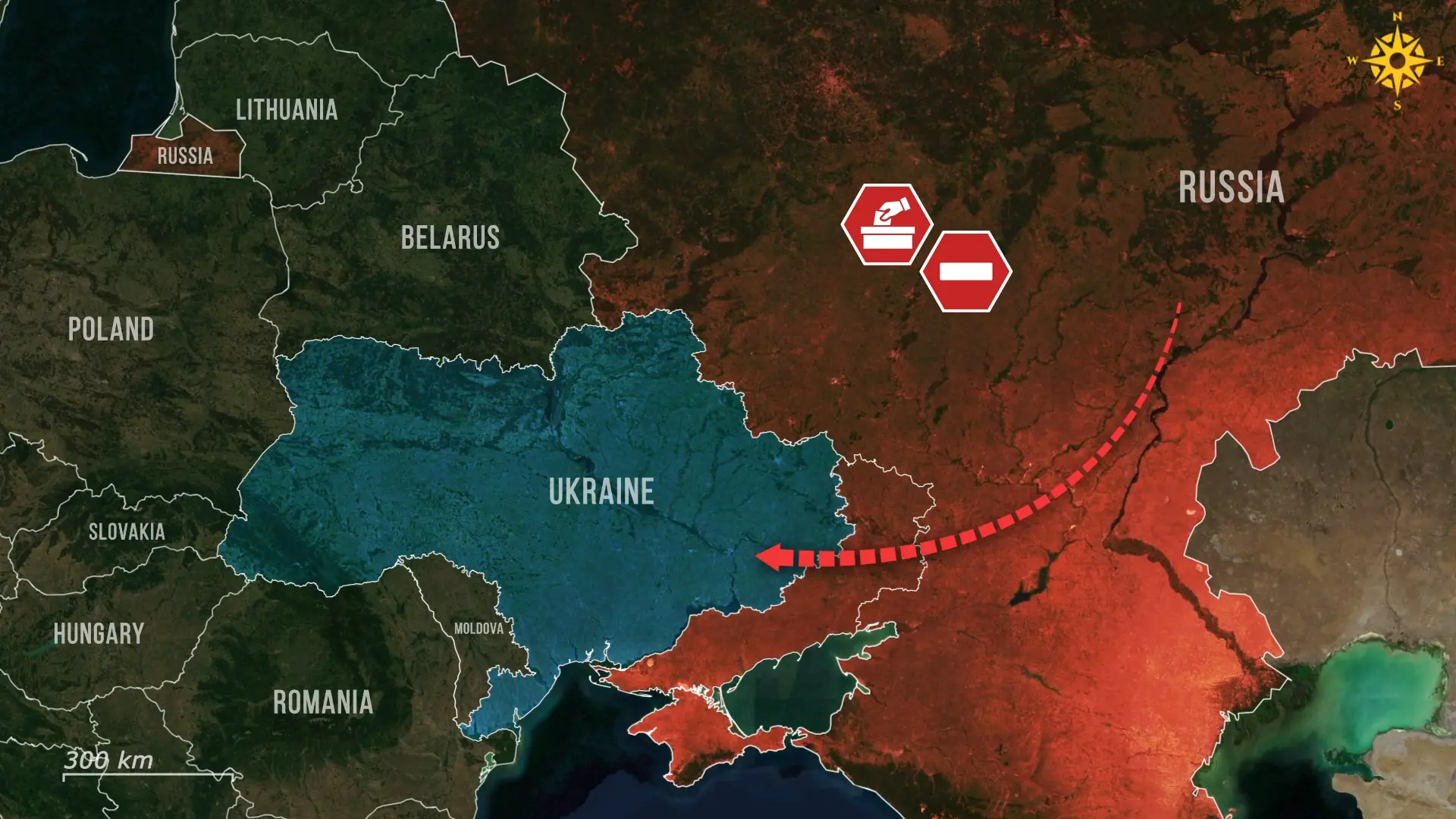
Comments